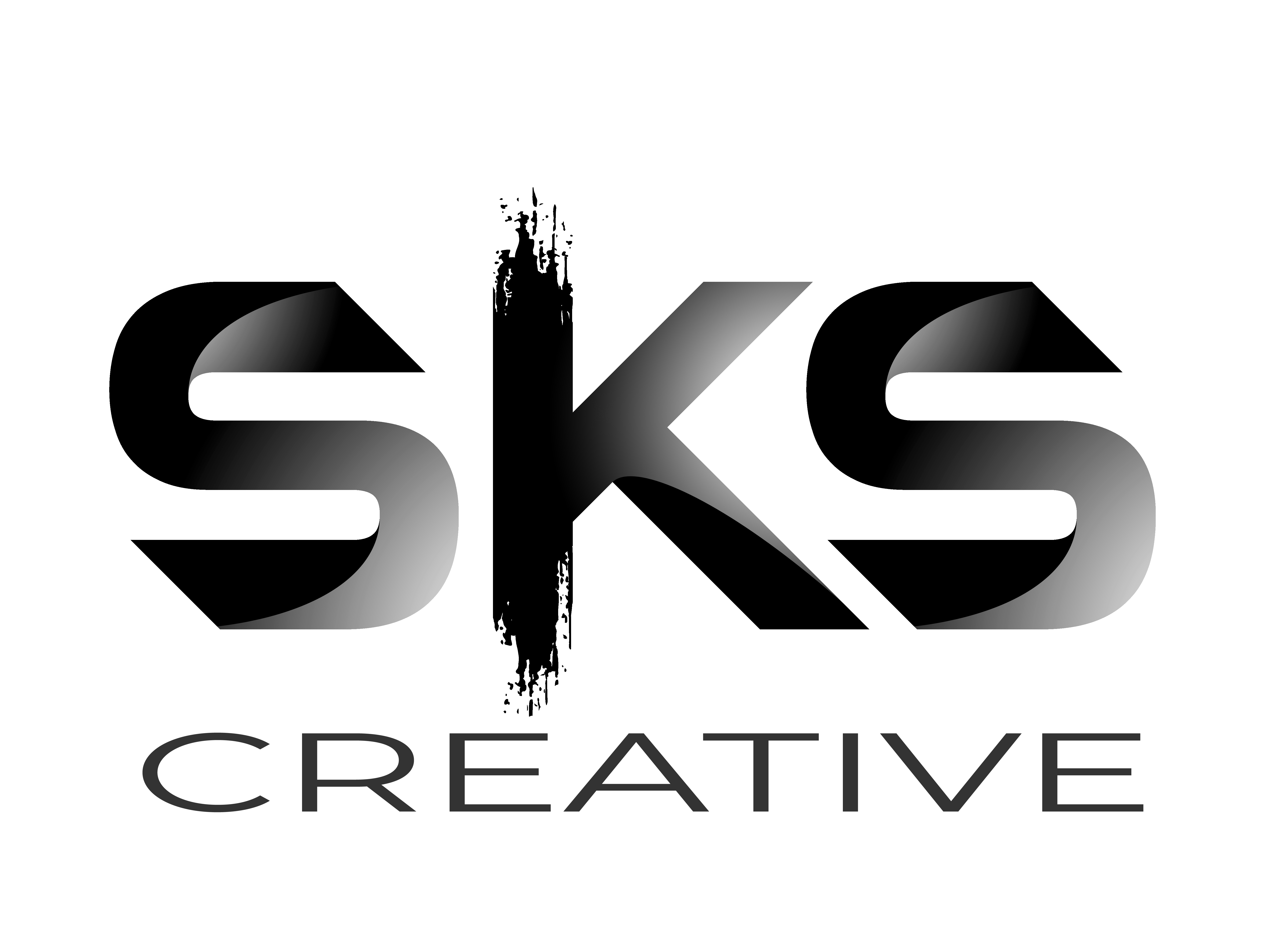Flux Academy
CREATED BY
8:14
When You Should and Shouldn’t Use Webflow
When You Should and Shouldn’t Use Webflow
Hey, designer friends! If you're in the design community, you must have heard about Webflow's popularity in recent years. It's an exciting platform that has been making waves in the design industry, and at Live Learning EditorX, we constantly explore and challenge ourselves with new tools and platforms to enhance our skills and careers.
But let's be real: Webflow might not be the best solution for everyone or every project. In this blog post, we'll discuss three use cases where you should consider using Webflow and three instances where it might not be the ideal choice for your website. So, let's dive in!
When to Use Webflow
1. Marketing Websites
As of early 2021, Webflow's most suitable use case remains marketing websites. A marketing website is essentially a front for a product (where you log in to use the product) or a service (where you make a purchase or an appointment). Some examples include websites for freelancers, lawyers, restaurants, hotels, or even products like HelloSign, which uses Webflow for its marketing site.
The main advantage of using Webflow for marketing websites is the flexibility it offers designers in creating a unique, custom experience. Webflow enables you to create layouts, animations, and interactions that are not available in off-the-shelf templates, allowing you to communicate your brand's message and showcase your product or service effectively.
2. Portfolio Websites
Webflow is an excellent choice for creating a visually impressive and interactive portfolio website. Designers can showcase their work using Webflow's powerful layout and animation tools to create a truly unique and personalized online presence.
Moreover, the platform offers the ability to manage and update your projects and integrate with third-party tools like Google Analytics, making it a powerful and user-friendly option for creative professionals who want to put their best foot forward online.
3. Small Business Websites
If you are a small business owner who wants to have full control over your website's design, look no further than Webflow. With its user-friendly interface and customizability options, you can create a website that perfectly represents your brand and engages your target audience.
Webflow also offers e-commerce capabilities, enabling small businesses to set up online shops without extensive web development skills. Overall, it's a versatile and flexible tool that strikes the right balance between design freedom and ease of use for small business owners.
When Not to Use Webflow
1. Large-Scale, Complex Websites
While Webflow is incredibly powerful, it may not be the best choice for large-scale, complex websites or web applications where the back-end functionality is extensive and interconnected. In these cases, a more developer-focused platform, such as WordPress with custom plugins, or tailor-made applications built with frameworks like React or Angular, might be more appropriate to manage the complexity and ensure optimal performance.
2. Blog or Content-Heavy Websites
If your primary focus is on creating a blog or a content-heavy website, Webflow might not be the best choice. Platforms like WordPress or Medium are specifically built for content management and have numerous features and plugins that cater to writers, bloggers, and content creators.
While Webflow does offer CMS capabilities, content-heavy websites often require functionalities like advanced search, multiple taxonomies, and related articles, which are better handled by platforms that specialize in content management.
3. Tight Budget Projects
Webflow is not the most affordable option on the market, especially when you factor in hosting and other premium features. If you're working with a tight budget or simply looking for a more cost-effective solution, there are alternative platforms like Wix, Squarespace, or even WordPress that have lower-cost plans or free options.
It's essential to weigh the benefits of Webflow's customizability and design freedom against the budget and the specific needs of the project.
Bottom Line
At Live Learning EditorX, we're passionate about pushing boundaries and exploring new platforms to further our skills and careers as designers. While Webflow is undeniably an amazing tool, it's crucial to choose the right platform for each specific project and use case.
Ultimately, you should consider your goals, your client's needs, and your budget when selecting the platform for your website. Experiment with various tools and find the one that aligns best with your preferences and skillset. Join our community and challenges to keep exploring and honing your design skills, and let's keep growing together!
Happy designing!


Join over 5,000+ people learning, helping each other to scale their freelance/design business, taking no-code challenges, collaborating, talking about their projects, and more!
Join Designers & Creatives From All Over The World!

More Like This #Tag














